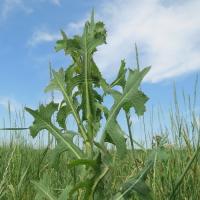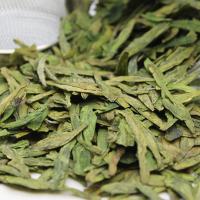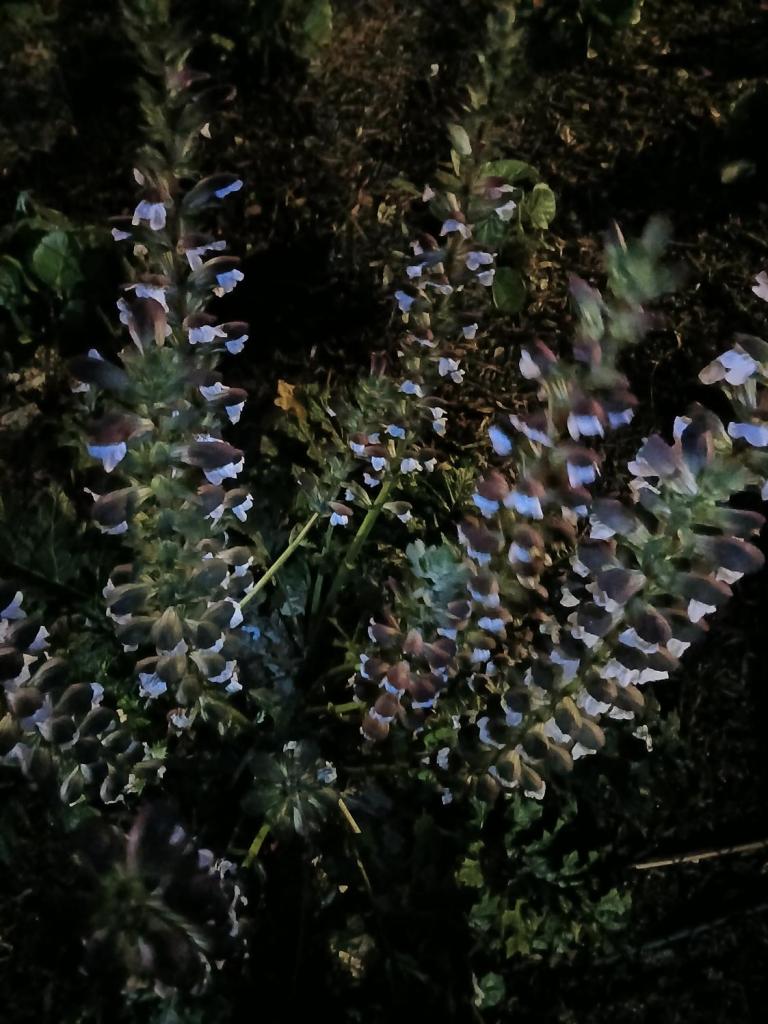Be the first person to like this.
View 1 more comment
4/5

Missbleu2
Root *bark
Like
November 23, 2024

Missbleu2
If u need a place to get the bark to dye your fabrics,let me know
Like
November 23, 2024

pato02
I'm from Philippines and in trying to get ingredients from local plants since it's hard to ship items here and expensive
Like
November 23, 2024

Missbleu2
The a bark is like a brown ish dark reddish purple I believe they have yellow or white Flowers.....the bark isn't very much ether...
Like
November 24, 2024
Passiflora, known also as the passion flowers or passion vines, is a genus of about 550 species of flowering plants, the type genus of the family passifloraceae.They are mostly tendril-bearing vines, ... View More
6 people like this.
These vines grow like weeds where I'm at. Love the little fruits. + It's such a gorgeous and sweet smelling flower













